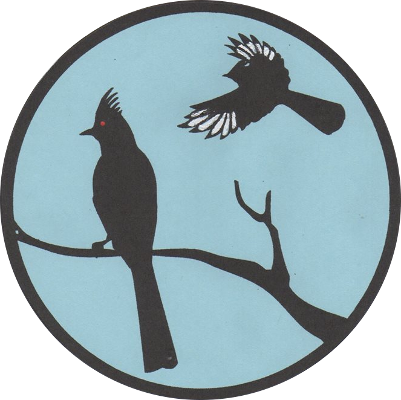The latest attempt by some Southern California developers to have the Coastal California Gnatcatcher removed from protections under the Endangered Species Act is pretty outrageous – they claim the bird doesn’t even exist! 
The delisting petition sponsored by these developers relies on a single recent study claiming that the Coastal California Gnatcatcher is not a genetically unique subspecies. But most avian experts say that the study isn’t nearly enough to overturn than a hundred years’ worth of research to the contrary. Moreover, they point out that the new study cherry picks genetic data and downplays significant visible differences and this study has yet to be independently verified.
The fact that the Coastal California Gnatcatcher is a distinct subspecies worthy of protection was established in 1993 at the time of the original listing, and confirmed by an expert panel convened by the U.S. Fish & Wildlife Service in 2004 – and there’s nothing in this latest petition that casts doubt on that determination.
If land developers and conservationists are to work together, they require objective scientific evidence upon which to base their actions. In situations involving threatened or endangered species, the question of whether a population is distinct in phenotype, genetics, or habitat is often key, and all parties must determine how studies that report negative results should be interpreted. What conclusions should be drawn when scientists fail to find evidence for distinctness? Not finding something does not mean it is not there. And the likelihood of an absence being a true absence increases with search effort. These ideas form the basis of statistical hypothesis testing, a core underlying principle of the scientific process.
We are in a time of new technologies and advances in genetic and ecological analyses. Because of time and money constraints, not every study can avail itself of the latest methods. But those studies that purport to demonstrate results with important societal consequences have a scientific obligation to use either the best available methods or to couch their conclusions in the appropriate level of uncertainty.
Not only is the California Gnatcatcher a magnificent bird worthy of protection, it is also inextricably linked to the rich coastal sage scrub of southern California, an enduring remnant of our wild coast that is now the most endangered habitat type in North America. Some researchers estimate that as little as 10 percent of California’s original coastal sage scrub habitat remains today. If we lose the bird, we will lose so much more with it.
Now is not the time to abandon this delicate species. The Coastal California Gnatcatcher is still under tremendous threat. Large portions of its range do not have habitat conservation plans in place, and the Coastal California Gnatcatcher continues to lose habitat to development, repetitive fires, and the spread of inhospitable non-native plants.
Want to learn more about the California Gnatcatcher? http://youtu.be/-jOoFiMjsnc
Take Action to protect the Coastal California Gnatcatcher
Please contact Dave Weeshoff, Conservation Chair at dave.weeshoff@sfvaudubon.org with questions.
